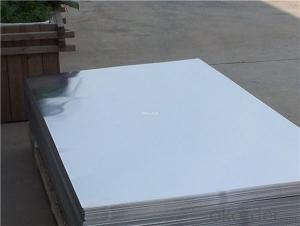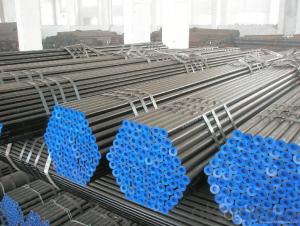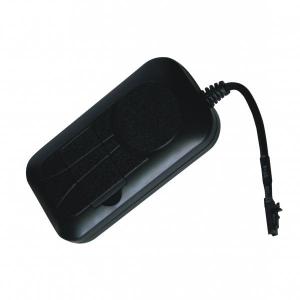Solar Best Inverter
Solar Best Inverter Related Searches
Best Paint For Stainless Steel Best Inverter For Solar System Solar Panel Inverter For Home Best Inverter For Solar Panels Best Solar Inverter For Rv Bending Machine For Pvc Profiles Micro Inverter For Solar Panel Best Glue For Aluminum Foil Pvc Foil For Mdf Plastic Wall Coverings For BathroomsHot Searches
Type Of Inverter For Solar Price Of Shipping Containers For Sale Types Of Inverter For Solar Used Sandwich Panel For Sale Bags Of Cement For Sale Pvc Chairs For Sale Tilt Panel Props For Sale Types Of Temporary Side Panels For Cement Deck Cost Of Awnings For Decks Type Of Scaffolding With Pdf Price Of Scrap Stainless Steel Price Of Stainless Steel Scrap Price Of Stainless Steel Type Of Stainless Steel Best Solar Inverter In China Types Of Stainless Steel Grades Types Of Stainless Steel China Aluminum Coil Factory pvc pipe manufacturers in usa Sandwich Panel Price In IndiaSolar Best Inverter Supplier & Manufacturer from China
Okorder.com is a professional Solar Best Inverter supplier & manufacturer, offers integrated one-stop services including real-time quoting and online cargo tracking. We are funded by CNBM Group, a Fortune 500 enterprise and the largest Solar Best Inverter firm in China.Hot Products
FAQ
- The role of a solar inverter in preventing islanding is to constantly monitor the electrical grid and immediately disconnect from it if it detects a fault or disruption. By disconnecting from the grid, the solar inverter ensures that it does not continue to generate power and create a self-sustaining island of electricity, which could pose a safety risk for utility workers attempting to fix the fault.
- Yes, a solar inverter can be used in grid-tied systems. In fact, it is a crucial component of such systems as it converts the DC power generated by solar panels into AC power that can be fed into the electrical grid.
- A solar inverter handles voltage fluctuations in the grid by continuously monitoring the grid voltage. When the voltage exceeds or drops below the acceptable range, the inverter adjusts the power output of the solar panels accordingly. It stabilizes the voltage by regulating the flow of electricity from the solar panels, ensuring a consistent and safe supply of power to the grid.
- Yes, a solar inverter can be used for three-phase power systems. Three-phase solar inverters are specifically designed to convert the DC power generated by solar panels into AC power for three-phase electrical systems. These inverters are capable of handling the higher voltage and power requirements of three-phase systems, making them suitable for commercial and industrial installations.
- The maximum input voltage for a solar inverter typically depends on the specific model and manufacturer. However, in general, solar inverters are designed to handle input voltages ranging from around 250 to 600 volts.
- The role of a power monitoring feature in a solar inverter is to constantly monitor and measure the amount of power being generated by the solar panels. This feature allows users to track the performance of their solar system, detect any issues or malfunctions, and optimize the energy output for maximum efficiency. It provides real-time data on the power production, enabling users to make informed decisions regarding energy usage and grid integration.
- The maximum number of solar panels that can be connected to a single inverter depends on the inverter's capacity and the specifications provided by the manufacturer. It can vary widely based on factors such as the wattage rating of the inverter, the voltage and current output of the solar panels, and the electrical compatibility between them. It is important to consult the manufacturer's guidelines or seek professional advice to determine the appropriate number of panels for a specific inverter.
- A solar inverter handles voltage and frequency variations caused by switching operations through the use of advanced control algorithms and circuitry. It continuously monitors the input voltage and frequency from the solar panels and adjusts its own output voltage and frequency accordingly. This ensures that the power generated by the solar panels is efficiently converted into usable AC power that matches the grid requirements. The inverter's voltage and frequency control mechanisms help maintain a stable and consistent power supply, even in the presence of switching operations or fluctuations in the solar panel output.














































